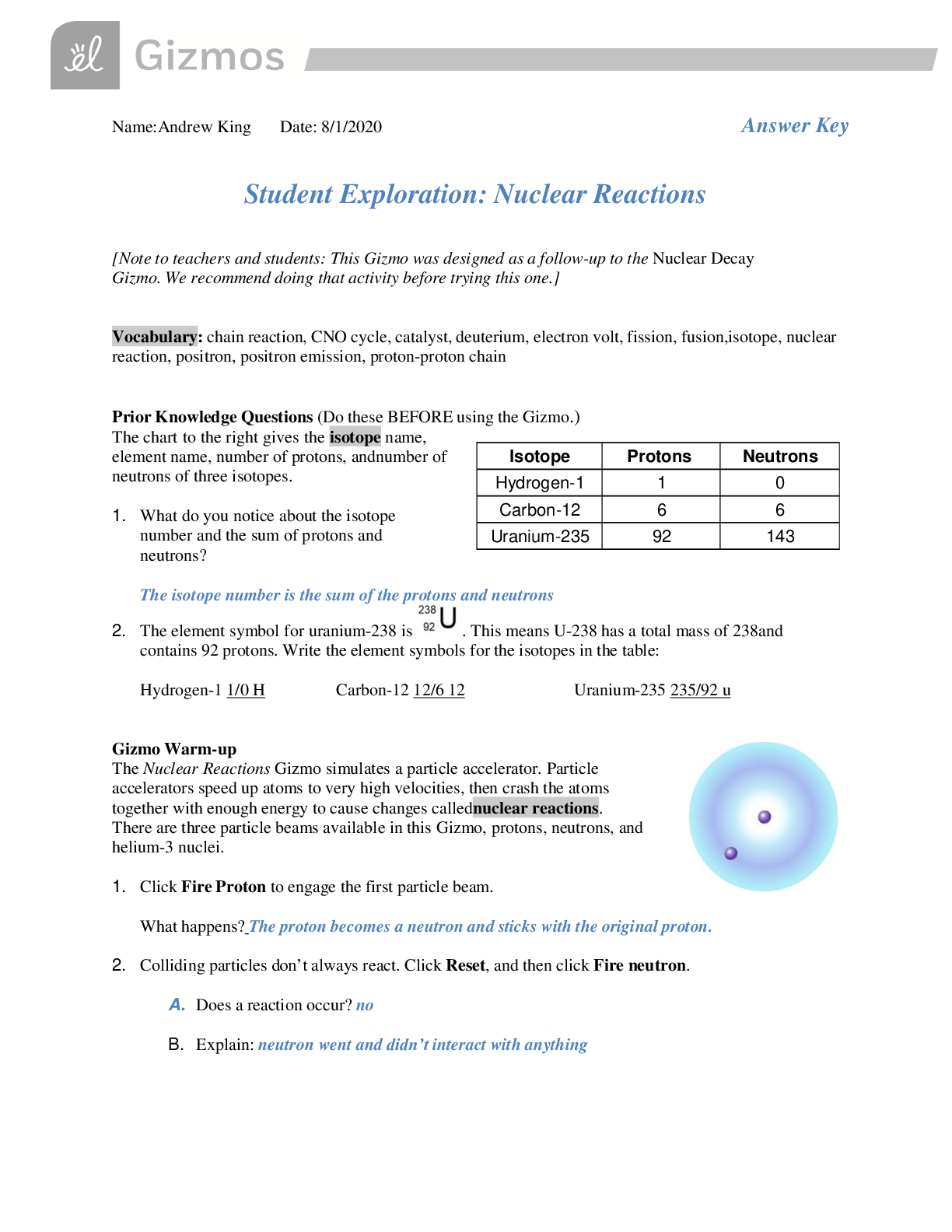Have you ever wondered what makes the sun shine so brightly? Or why some elements are radioactive while others are stable? These are just a few of the fascinating questions that nuclear decay can help us answer. It’s a fundamental process in the universe, shaping everything from the stars in the sky to the radioactive elements we use in medicine. In this exploration, we’ll dive into the world of nuclear decay, breaking down its key concepts and providing clear answers to common questions.

Image: astridkristoffersen.blogspot.com
Nuclear decay is the process by which unstable atomic nuclei release energy and particles to become more stable. It’s a bit like a balancing act – atoms strive for equilibrium in their nucleus, and when they’re out of balance, they undergo decay to reach a more stable state. This process can seem complex, but remember, it’s a natural phenomenon that plays a vital role in shaping our world and understanding the universe.
Understanding the Fundamentals: A Closer Look at the Atomic Nucleus
Before we delve into the specifics of nuclear decay, let’s first understand the components of an atom. At the heart of every atom lies the nucleus, a densely packed region containing protons and neutrons. Protons carry a positive charge, while neutrons are electrically neutral.
The number of protons in an atom determines its atomic number and its identity as a specific element. For instance, all carbon atoms have six protons, while all oxygen atoms have eight. However, the number of neutrons can vary, giving rise to different isotopes of the same element. Isotopes of an element have the same number of protons but different numbers of neutrons.
Unstable Nuclei: The Root of Nuclear Decay
Not all nuclei are created equal. Some are stable, meaning they exist indefinitely without undergoing decay. Others are unstable, meaning they have an excess of energy and are prone to undergoing decay to reach a more stable state. This instability arises from what’s known as the strong nuclear force, which binds protons and neutrons together. The strong nuclear force is incredibly powerful, but it has a limited range.
When the nucleus contains too many protons or neutrons, the attractive forces between them are weaker than the repulsive forces between the protons. This imbalance creates an unstable nucleus that will undergo decay.
Types of Nuclear Decay: Exploring the Different Pathways to Stability
Nuclear decay can occur in several different ways, each characterized by the type of particle or energy emitted. Here are some of the most common types:
-
Alpha decay: Alpha decay occurs when an unstable nucleus emits an alpha particle, which consists of two protons and two neutrons. This is essentially the nucleus of a helium atom. Alpha decay typically occurs in heavy nuclei with large numbers of protons and neutrons.
-
Beta decay: Beta decay is more complex, involving the transformation of a neutron into a proton or vice versa. This transformation releases a high-energy electron or positron, known as a beta particle. Beta decay can occur in nuclei with neutron-to-proton ratios that are too high or too low.
-
Gamma decay: Gamma decay involves the emission of gamma rays, which are high-energy photons. Unlike alpha and beta decay, gamma decay does not change the number of protons or neutrons in the nucleus. Instead, it simply releases excess energy in the form of electromagnetic radiation. Gamma decay often accompanies alpha or beta decay and helps the nucleus reach a more stable state.

Image: browsegrades.net
The Half-Life: Measuring the Rate of Decay
Every radioactive isotope has a characteristic half-life, which represents the time it takes for half of the radioactive nuclei in a sample to decay. Half-lives can range from fractions of a second to billions of years. For example, the half-life of carbon-14, a radioactive isotope used in carbon dating, is 5,730 years.
The concept of half-life is crucial for understanding how radioactive materials decay and for applications in nuclear dating and nuclear medicine.
Applications of Nuclear Decay: From Medicine to Energy
Nuclear decay is not just a theoretical concept; it has numerous practical applications in diverse fields, including:
-
Nuclear medicine: Radioactive isotopes are widely used in medical imaging and treatments. For instance, iodine-131 is used to diagnose and treat thyroid disorders, and technetium-99m is used in bone scans and other diagnostic procedures.
-
Carbon dating: Carbon-14 decay is the basis for carbon dating, a technique used to determine the age of ancient artifacts and fossils. By measuring the amount of carbon-14 remaining in a sample, scientists can estimate its age.
-
Nuclear power: Nuclear power plants use nuclear fission, a controlled chain reaction of nuclear decay, to generate electricity.
-
Radiation therapy: Nuclear decay is used in radiation therapy to target and destroy cancerous cells.
Safety Considerations and Environmental Impact
While nuclear decay has numerous benefits, it’s important to consider its safety and environmental implications. Radioactive materials can be harmful if not handled properly, and nuclear accidents can have devastating consequences.
Responsible management of radioactive waste is essential to minimize environmental impacts, and research into safe and sustainable nuclear technologies continues to advance.
Student Exploration Nuclear Decay Answer Key
Key Takeaways and Further Exploration
Nuclear decay is a fundamental process in the universe, playing a vital role in shaping the elements we see around us. Through alpha, beta, and gamma decay, unstable nuclei release particles and energy to achieve a more stable state. Understanding the concepts of half-life and the various applications of nuclear decay is crucial for various scientific disciplines and technological advancements.
This is just a glimpse into the fascinating world of nuclear decay. There is much more to learn about this process, from its role in stellar evolution to its potential for future energy production. The key is to approach this topic with curiosity, a thirst for knowledge, and a commitment to responsible scientific inquiry.





